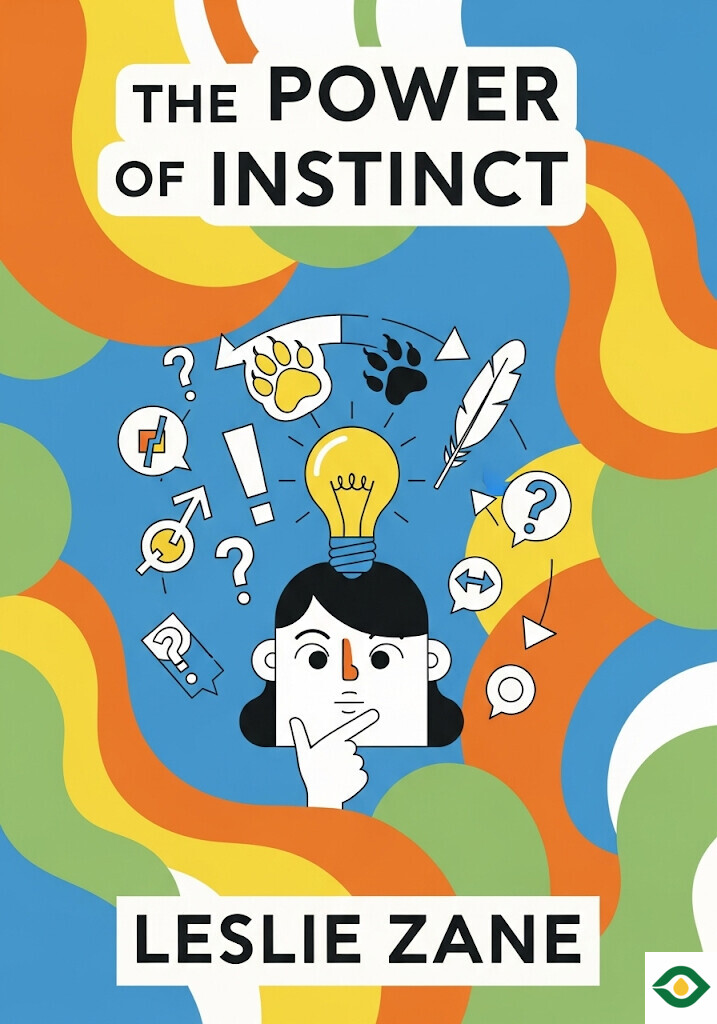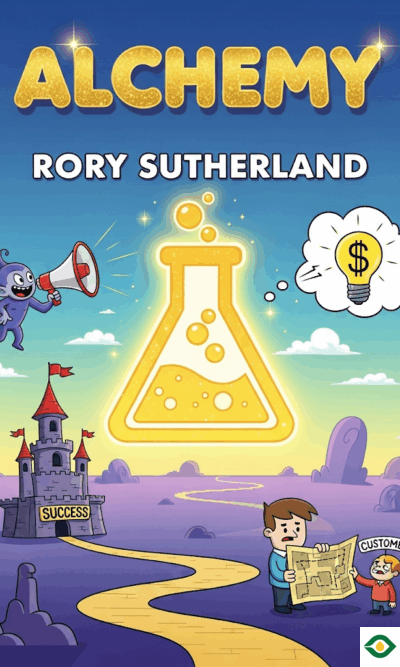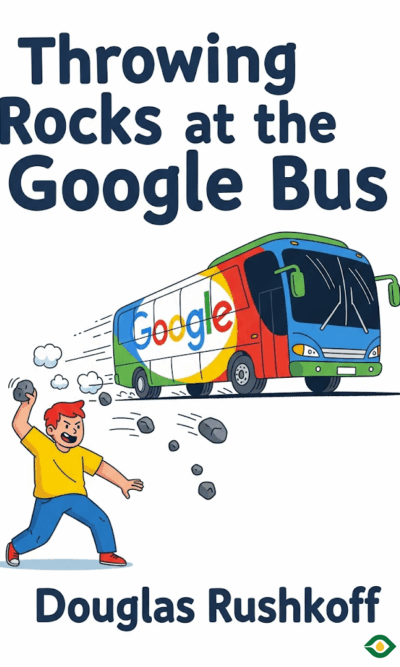Description
Every day, people are surrounded by thousands of ads, messages, and suggestions. From the moment we wake up until we fall asleep, something is always trying to grab our attention. With so much noise around us, it is no surprise that most messages disappear as quickly as they appear. Only a few stick in our minds. The real question is, why? The answer lies less in facts and logic, and more in something deeper—our instincts.
Instincts are powerful. They guide decisions without us even noticing. Most people believe they think carefully before choosing a brand, a product, or even a person to trust. But science shows that much of our decision-making happens unconsciously. Memories, feelings, and associations quietly shape our actions, often more than careful reasoning ever could. Understanding this is the key to building lasting influence.
Traditional marketing once relied on pouring out endless information. Companies used to think that if they shouted the loudest and gave the most details, people would listen and be persuaded. But the modern world has changed. Our brains simply cannot process the flood of messages we get each day. Facts and features fade into the background. What remains are the hidden emotional signals, the instinctive impressions that connect directly to our memories and senses.
The most successful ideas and brands do not fight for attention by being louder. Instead, they slip into our unconscious minds. They become familiar. They trigger instant recognition. Over time, this familiarity builds a kind of automatic preference. People choose them without even pausing to compare alternatives. This is not about being the cheapest or having the most features. It is about being the most deeply rooted in the mind.
Think of the human brain as a giant web of connections. Every sight, sound, smell, or memory is tied to something else. This network is often called the connectome. The same idea applies to brands or ideas—a “brand connectome.” When a brand creates strong, positive links in this mental network, it takes up more space in people’s minds. The bigger the mental footprint, the more likely people are to choose it again and again.
Building a strong connectome requires consistency and creativity. Some brands create entire worlds for people to step into. They offer not just products, but experiences, symbols, and feelings that surround people in a memorable way. This might include special words, recognizable images, or unique values. The more ways a brand connects to our memories, the stronger the bond becomes. And the more often these connections appear in daily life, the harder they are to forget.
Of course, it is not only about creating connections but making sure they are positive. Our brains respond especially well to sensory triggers. Images, sounds, tastes, scents, and even textures can all work as shortcuts to memory. For example, the smell of fresh bread can make people think warmly of a bakery. A familiar jingle can remind us of a favorite commercial. Visuals are especially powerful because the brain processes them twice—once as a picture and once as a word. Scents also carry strong emotional weight. When brands use these triggers wisely, they form lasting, instinctive bonds with people.
But there is also danger in negative associations. Humans have a natural tendency to pay more attention to bad impressions than good ones. One negative story, rumor, or experience can spread quickly and take root in people’s memories. Left unchecked, these negative connections can choke out the positive ones and damage trust. This is why constant care and monitoring are essential. A brand cannot just build positive ties—it must also watch for and remove harmful ones.
The good news is that negative links can be replaced. Just as the brain can form new connections, it can also weaken old ones. By repeating positive associations, brands can gradually push aside the harmful ones. Still, the earlier negativity is addressed, the easier it is to correct. A brand with a large and rich connectome has an advantage here. Even if some negative ties exist, the sheer size of the positive network can outweigh them.
Ultimately, the path to instinctive preference is about nurturing these hidden links in the mind. It is about planting seeds of trust, watering them with positive experiences, and carefully removing weeds of negativity. Over time, this garden of associations becomes so strong that people no longer need to think twice. They choose automatically, guided by instinct.
This approach also has lessons beyond marketing. It shows us how humans truly make decisions—not always with facts, but with feelings, memories, and unconscious ties. By understanding this, we can communicate better not only in business but also in personal life. The way we connect with others, the words we use, the impressions we leave—all of these shape the hidden networks in people’s minds.
In the end, success is not only about being the best in reality. It is about being the best in perception. What matters most is the space we occupy in the minds of others. The larger and more positive that space, the greater the influence. When instincts are on your side, persuasion becomes effortless.





